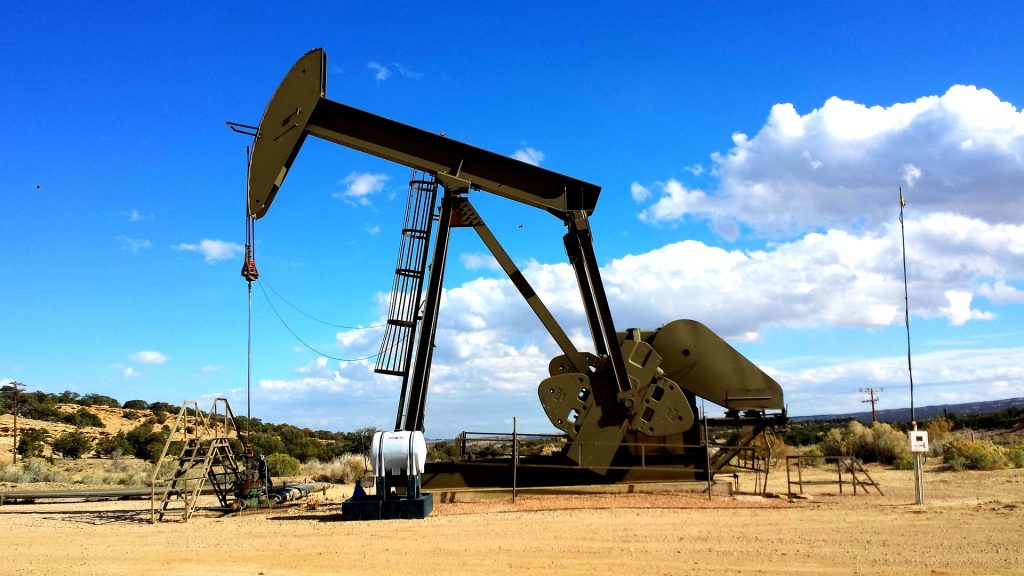The Organisation of the Petroleum Exporting Countries (OPEC) said in their monthly report that global oil demand will increase by 2.32 million barrels per day (bpd) or 2.3 percent this year
Considering some positive factors across the globe, OPEC has increased the global oil demand growth forecast for the year 2023. This optimization comes after looking at events expected to significantly increase oil demand. With lower oil output by Russia and other non-OPEC oil producers, China‘s reopening after zero covid policy indicates growth in oil demand.
From the desk traders, it is reported that well-formulated constraints on supply-demand balance would have pushed up the oil prices. Since December 2022, oil prices have been hovering around $86 per barrel.
The Organisation of the Petroleum Exporting Countries said in their monthly report that global oil demand will increase by 2.32 million barrels per day (bpd) or 2.3 percent this year.
The Organisation of the Petroleum Exporting Countries has been very cautiously neutral in putting out its demand growth forecast for the past two months after a continued cut down on forecasts for a few months on account of weakened global economies.
In the monthly report, OPEC said that the major global oil demand in 2023 will come from the reopening of China after its uplifting of restrictions under the zero-Covid policy; this easing will have a significant impact on its economy as well as on a global level.
But OPEC is still worried about the intensity of demand revival of the economy as a whole and its domino effect on global oil demand.
The year 2022 was the first of its kind that witnessed a decrease in China’s oil demand due to its covid curbing policies and regulations.
The monthly report shows the expectations of OPEC from Chinese oil demand to surge by 590,000 barrels per day in 2023, which was 510,000 barrels per day in the previous forecasts.
The OPEC report is very optimistic about its global growth forecast for 2023 of 2.6 percent from 2.5 percent. In comparison, they are ready for the upcoming economic slowdown in the wake of super-high inflation and constantly increasing interest rates by the central bank of developed nations.
Amongst the presence of negative factors and foreseeable recession scenarios, OPEC is positive about the US Federal Reserve’s management of the inflation-hit US economy and the global weakening of commodity prices.
Artificial supply shortage
OPEC said in its report that it is factoring in all the major geopolitical crises happening around the world, particularly the havoc in the eastern Europe region amidst the Russia-Ukraine conflict that has a direct negative impact on oil prices. It is also closely watching the Chinese domestic demand revival and the lesser-known bubble kind of situation in the Chinese real estate sector.
The report showed that the oil cartel of major oil-producing nations, OPEC+, has cut down upon their oil output to support the demand-supply equilibrium. This output cut decreased crude oil production for January.
In November last year, a monthly output review of OPEC announced that the OPEC+ alliance had supported the decision to reduce oil output by a whopping 2 million barrels per day. Since the start of the 2020 pandemic, this has been the largest oil output reduction, with the OPEC share oil output being 1.27 million bpd amongst the agreed 2 million bpd.
After the fresh sanctions by the West upon Russian crude products and price cap on its oil, Russia announced last week that it would also reduce its crude oil production by 500,000 bpd in March.
OPEC was previously expecting a reduction in Russian oil output in 2023. The report mentioned that they are expecting a decrease in Russian crude production by 900,000 bpd in 2023. Last month this expectation was 500,000 bpd.
On the contrary to output reduction, OPEC is ready to pump more oil in 2023. Estimations from the report show that though the non-OPEC producer’s supply has gone down, their demand has increased significantly. Hence OPEC is looking forward to increasing its output by 200,000 bpd to 29.4 million bpd to balance the oil market.
